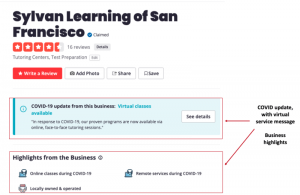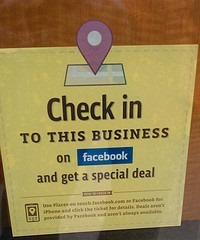You’re giving an important presentation, and your audience suddenly seems unreceptive and disengaged. Some people start shifting in their seats, crossing their arms, or staring forward blankly. One person starts a conversation with their neighbor, and a few check their phones.
You could either ignore these reactions and plow forward, or you could use it to inform your next move, says Jacqueline Farrington, author of The Non-Obvious Guide to Better Presentations.
“Stay present and attuned to audience cues, including changes in their energy, body language, and questions,” she says. “If your intuition suggests an on-the-spot adjustment is needed, pay attention. Be so well-versed in your presentation that you can seamlessly transition between sections or even omit certain segments if necessary.”
How to Win Them Back
If you are losing your audience, don’t panic or become annoyed. Instead, pivot to an activity that promotes interaction and engagement. Listeners often appreciate speakers who grant them some control and invite their input in shaping the content, says Farrington.
Encourage participation by asking open-ended questions that stimulate thinking. For example, ask, “How do you personally resonate with this topic?” Or “Is there anything about this topic that seems unclear or unexpected?” You can also ask the audience to join the presentation by saying, “Has anyone had firsthand experience with this subject and is willing to share their story so we can all benefit from what you learned and know?”
“Engaging with the audience’s expertise and personal experiences can be a highly effective way to establish a meaningful connection with them,” says Farrington.
If sparking a group discussion isn’t an option, Farrington suggests leveraging polling tools to facilitate sharing reactions, insights, and experiences. You can throw out either multiple-choice or open-ended questions to encourage audience involvement, such as “Who in the audience has ever . . . ?” Helping the audience connect to the topic will make the presentation feel more relevant to them.
Prepare for the Unexpected
Sometimes, a presentation goes off the rails due to something outside your control. While predicting every potential disruption is impossible, Farrington recommends preparing for a few scenarios. Forethought helps condition your mind to handle unforeseen challenges effectively, creating a contingency plan for each scenario.
For instance, have a handout ready to distribute if your slide deck malfunctions. If your presentation is virtual and your internet connection fails, share an alternative communication channel, such as a phone or Facebook chat, with your audience as a backup option.
It’s also important to stay open to tangents. “Occasionally, the audience may steer the conversation in unanticipated directions through their questions or comments,” says Farrington. “Embrace this, especially if it enriches the dialogue and sustains the audience’s interest.”
For instance, “While our main focus today is time management, I’m sensing a lot of enthusiasm for work-life balance. Would you like to spend some time on that now?”
When the unexpected occurs, Farrington likes to be ready with some phrases. For example, “It seems our slides are taking a coffee break, but they’ll be back on track in no time.” Or, “Life occasionally throws us curveballs, and today is no exception, but we’re here to embrace the unexpected.”
“Audiences appreciate speakers who handle mistakes with grace and confidence,” she says. “It can endear you to them and make the presentation even more memorable.”

Acknowledge the Issues
When things don’t go as planned, calling attention to the missteps shows honesty and authenticity, says Farrington. “For example, you can say, ‘It seems we had a bit of a bumpy start, but we’re here to make this presentation a great experience,’” she says.
If you were late or made a mistake, offer a brief and sincere apology. Keep it concise and avoid dwelling on it. For instance, “I apologize for misspeaking earlier. Now that we’ve cleared up the confusion, let’s move forward.”
And inject humor and gratitude. “Light humor can help ease tension and create a connection,” says Farrington. “Use self-deprecating humor related to the rough start. For example, ‘Well, I guess I wanted to keep you on your toes with that novel start. My secret plan for excitement! Okay now, let’s proceed smoothly, shall we?’
Then, thank the audience for their patience and understanding. Show appreciation for their willingness to continue with the presentation despite the initial challenges. Gratitude can foster a positive atmosphere, says Farrington.
“Remember that audiences respond positively to human moments,” she says. “They appreciate it when a speaker acknowledges a mistake and gracefully recovers from it. If you make an error, briefly acknowledge it, then move forward without dwelling on it. Concentrate on the present moment and being of service to the audience.”
(27)
Report Post






